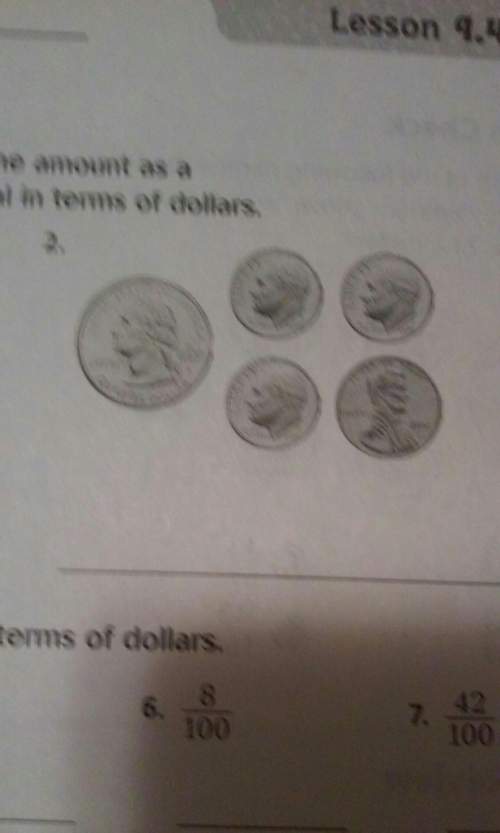
Mathematics, 20.04.2021 16:10 plantkiana677oxa6hk
James cut out four parallelograms, the dimensions of which are shown below. Parallelogram 1 length: 12 in. width: 15 in. diagonal: 20 in. Parallelogram 2 length: 16 in. width: 30 in. diagonal: 34 in. Parallelogram 3 length: 20 in. width: 21 in. diagonal: 29 in. Parallelogram 4 length: 18 in. width: 20 in. diagonal: 26 in. James put the parallelograms together so one vertex from each paper exists on a point, as shown in the circle. 4 parallelograms are put together so that one vertex from each paper exists on a point. Which statement explains whether or not the parallelgrams can be put together so each occupies one-quarter of the area of the circle without overlapping any other pieces? Check all that apply. The quadrilaterals can be placed such that each occupies one-quarter of the circle. The quadrilaterals cannot be placed such that each occupies one-quarter of the circle because the vertices of parallelogram 1 do not form right angles. The quadrilaterals cannot be placed such that each occupies one-quarter of the circle because the vertices of parallelogram 2 do not form right angles. The quadrilaterals cannot be placed such that each occupies one-quarter of the circle because the vertices of parallelogram 3 do not form right angles. The quadrilaterals cannot be placed such that each occupies one-quarter of the circle because the vertices of parallelogram 4 do not form right angles.

Answers: 1


Other questions on the subject: Mathematics

Mathematics, 21.06.2019 19:00, sonyalehardez
Quadrilateral abcd in the figure below represents a scaled-down model of a walkway around a historic site. quadrilateral efgh represents the actual walkway. abcd is similar to efgh. what is the total length, in feet of the actual walkway?
Answers: 2

Mathematics, 21.06.2019 21:00, mawawakaiii
Asequence has its first term equal to 4, and each term of the sequence is obtained by adding 2 to the previous term. if f(n) represents the nth term of the sequence, which of the following recursive functions best defines this sequence? (1 point) f(1) = 2 and f(n) = f(n − 1) + 4; n > 1 f(1) = 4 and f(n) = f(n − 1) + 2n; n > 1 f(1) = 2 and f(n) = f(n − 1) + 4n; n > 1 f(1) = 4 and f(n) = f(n − 1) + 2; n > 1 i will award !
Answers: 1


Mathematics, 22.06.2019 01:50, sierram298
One cell phone plan charges $20 per month plus $0.15 per minute used. a second cell phone plan charges $35 per month plus $0.10 per minute used. write and solve an equation to find the number of minutes you must talk to have the same cost for both calling plans.
Answers: 2
You know the right answer?
James cut out four parallelograms, the dimensions of which are shown below. Parallelogram 1 length:...
Questions in other subjects:


Mathematics, 21.01.2021 22:50






Mathematics, 21.01.2021 22:50


English, 21.01.2021 22:50




